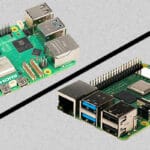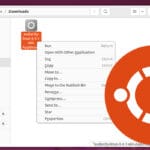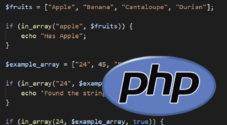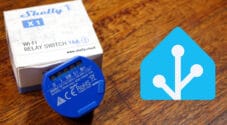In this guide, we will explore the different versions of the Raspberry Pi released over the years.
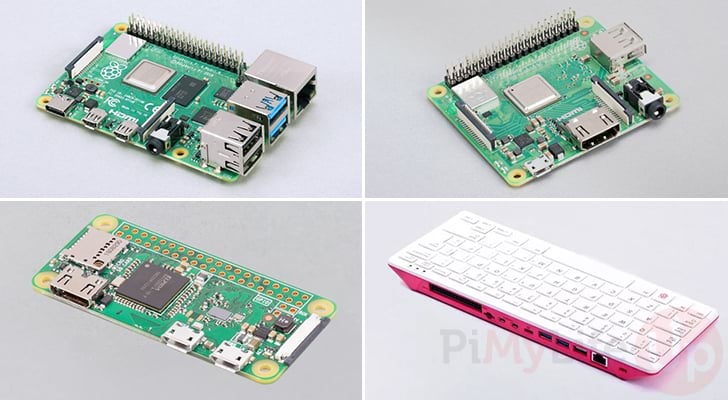
The Raspberry Pi is a very capable, affordable, and small single-board computer developed by the Raspberry Pi Foundation in the United Kingdom.
Since the original version of the Raspberry Pi was released back in April of 2012, there have been over 15 different versions released.
Below, we will go through the released variants of the Raspberry Pi and briefly explore what made each of these different.
We have listed each of these models in the order that they were released, starting with the original Raspberry Pi 1 Model B right through to the Raspberry Pi 5.
Raspberry Pi 1 Model B (2012)
The very first version of the Raspberry Pi created a big splash in the small single-board computers (SBC) market. This device was both small, competent, and affordable.
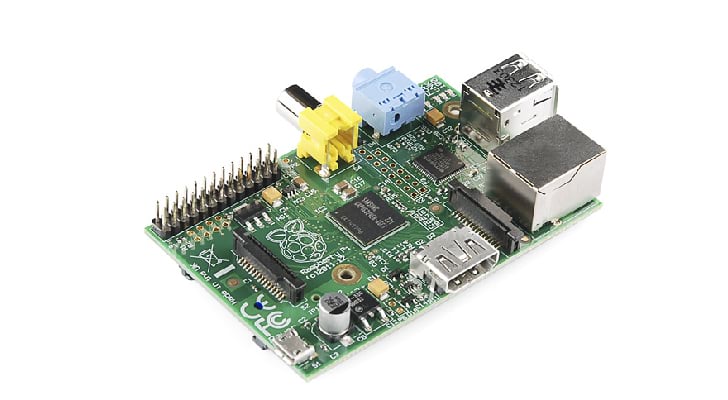
While the original Pi was heavily focused on providing a cheap device for teaching basic computer science in schools, it quickly gained popularity in the hobby community.
This version of the Raspberry Pi set the baseline for its size for all future Pi devices. However, a couple of things you will notice are quite different compared to the more modern Pi’s.
There are a couple of standout features of this Pi. The first is that the device contained an RCA jack for composite video, allowing you to use the device with old displays.
Additionally, the device used a full-sized SD card slot and not a MicroSD card slot that has become standardized in future versions.
This Pi also only sports a single CPU core, so the performance of this device would quickly fall apart when you throw heavy tasks at it.
The Raspberry Pi 1 Model B did feature a slight change six months after its initial release. The amount of memory included with the device was increased from 256MB to 512MB.
Raspberry Pi 1 Model A (2013)
The Raspberry Pi 1 Model B was the second version of the device to be released. This board was a cost-reduced version of the original Pi.
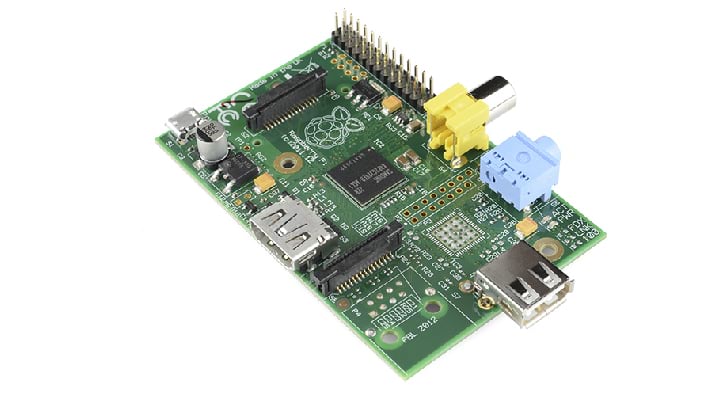
Unlike future releases of the Model A, this version was the same form factor as the standard board, just with components removed.
The Raspberry Pi foundation removed two components from the board to try and reduce the costs of the device. The first of these components is the Ethernet jack. Without using a USB dongle, there is no network connectivity on this board.
The second change with this board is the removal of a USB port. Unfortunately, the removal of this port means the Pi 1 Model A only contained a single USB port.
Other than removing these two components, this version of the Raspberry Pi remains precisely the same as the Model B.
Raspberry Pi 1 Model B+ (2014)
In 2014 the Raspberry Pi 1 Model B+ was released with some pretty significant changes to the device.
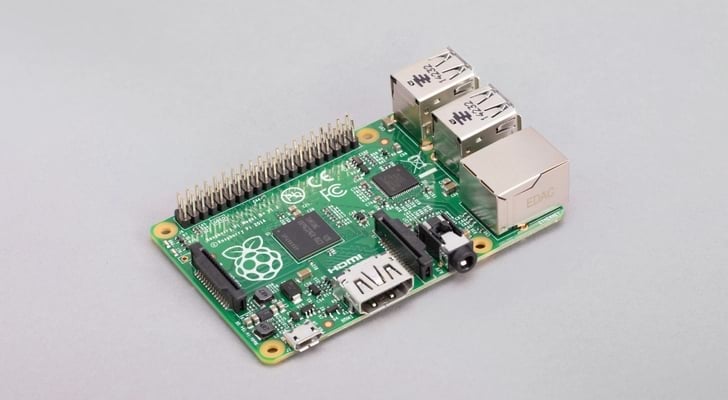
This version of the Raspberry Pi still retained the same processor as the original Model B but included 512MB of RAM from the outset.
There were several significant changes to the Pi with this release. The largest ones are what we will go over next.
The GPIO pins were significantly increased from 26 pins to 40 pins which became the standard for all future major Raspberry Pi’s.
Additionally, they doubled the amount of USB 2.0 ports from 2 to 4. Because of the additional USB ports, the Pi’s power requirements were increased.
The team removed the RCA composite video port instead of allowing composite video to be provided through the 3.5mm jack. As a result, until the Raspberry Pi 4, a single HDMI port will be the primary way to display the Pi’s output.
The final change was the switch from a full-sized SD Card slot to a microSD card slot. Since this Raspberry Pi version, this has become the main way of providing storage to your device.
This general board layout became the standard for the next two major generations of Raspberry Pi. While the smaller components were moved around in future versions, the GPIO pins, USB ports, ethernet, HDMI, audio jack, and Micro USB power would remain the same.
Raspberry Pi Compute Module 1 (2014)
The first new major form factor came in 2014 with the Raspberry Pi Compute Module 1.
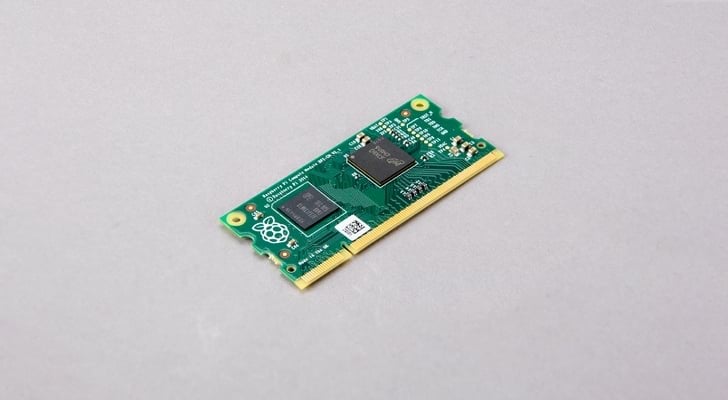
This version of the Raspberry Pi was designed to provide the Pi’s processor and RAM in a new form factor. This form factor is intended for industrial applications, allowing more straightforward implementation into a circuit.
The Pi allows access to all of its functionality through the connector pins on the bottom of the device. These pins slot into a DDR2 SODIMM connector.
Using these pins, a circuit can fully utilize all functionality provided by the BCM2835 SOC. This means you will gain even more GPIOs and interfaces than what the standard Raspberry Pi offers.
Another difference with the Compute Module 1 is that its storage is provided through an embedded 4GB eMMC memory chip.
Most hobbyists and consumers will likely want to stick with using the Model B or Model A Raspberry Pi’s as the compute module line requires you to design and build your own circuit that integrates it.
Raspberry Pi 1 Model A+ (2014)
The Raspberry Pi 1 Model A+ was a considerable enhancement to the original Model A. However, this Pi took things further by reducing the size of the board.
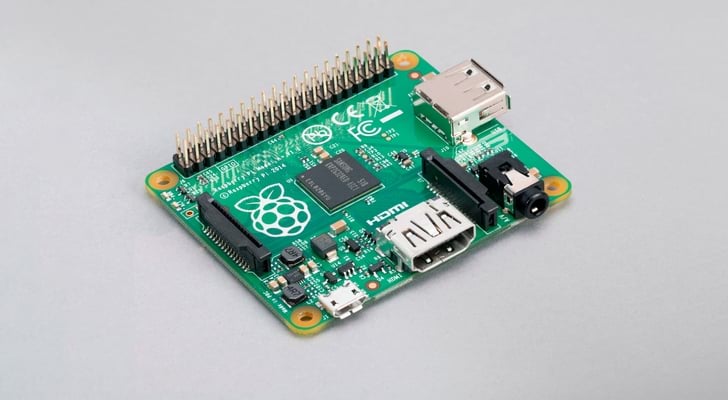
Like the original version of the Raspberry Pi Model A, this has had its ethernet port removed and the USB ports reduced to a single one. This is in addition to the removal of the RCA composite video jack.
Removing these components allowed the team to make the board a bit smaller by squeezing the rest of the components down one end of the board.
This model is an excellent low-cost alternative to the Raspberry Pi 1 Model B+ while also offering a smaller design that is great for projects that were size constrained.
Raspberry Pi 2 Model B (2015)
The Raspberry Pi 2 Model B is the version that provided a massive leap in performance compared to the original release.
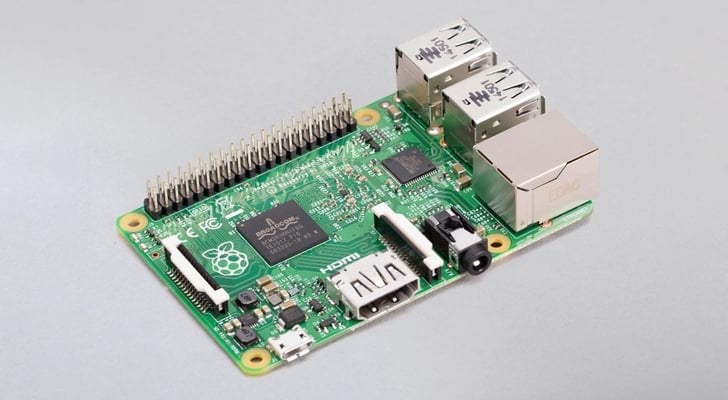
There were two primary areas that the team focused on improving with this version of the Raspberry Pi. These being the performance on the device, as well as the memory.
The Raspberry Pi foundation significantly improved performance with this version by including a new quad-core processor. Not only did this new processor have four times as many cores as the original, but it was also clocked higher at 900 MHz. This was an increase of 200 MHz over the original device.
This change alone made the Raspberry Pi 2 Model B a fantastic upgrade for any user.
In addition to the performance improvements, the team also doubled the amount of RAM available on the device from 512 MB to 1024 MB, allowing you to run more memory-intensive programs.
The best thing about all of the improvements the Pi 2 Model B introduced was that it did not increase the pricing model at all.
Raspberry Pi Zero (2015)
The Raspberry Pi Zero was one of the biggest surprise releases from the foundation. The reason for this is how tiny this device was when compared to the mainline models.
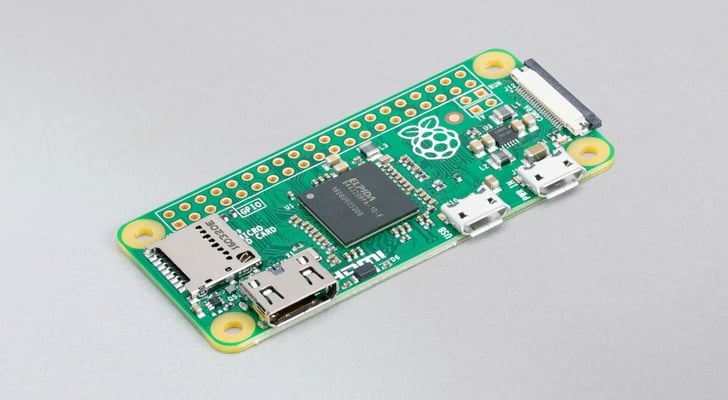
This version of the Raspberry Pi is even smaller than the already small Pi 1 Model A+. It is half the size of the older device while sporting many of the same pieces of functionality.
You will find the same processor and RAM from the Raspberry Pi 1 Model B+ on this Pi. That means this device has a single-core ARM processor with 512MB of RAM.
While these specifications aren’t the best compared to the Raspberry Pi 2 Model B, this model also came with a significantly reduced price tag. You could get this version of the Pi for just $5 USD.
The only thing that you will be missing from this model is an ethernet port. However, it still has a single Micro USB port, a MicroSD slot for storage, and a mini HDMI port for display output.
Thanks to this new size, you could now implement the power of a Pi and all of its GPIO functionality in new tiny projects.
Raspberry Pi 3 Model B (2016)
A year after the Raspberry Pi 2 Model B release, the heavily refined Raspberry Pi 3 Model B came out.
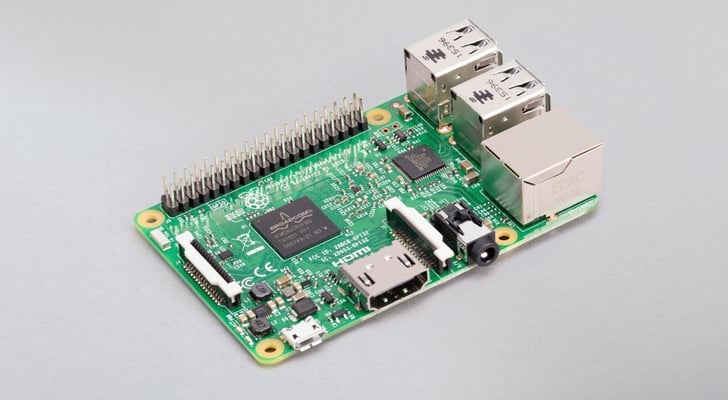
This version of the Raspberry Pi set out to make significant improvements with the device’s network connectivity. previous versions of the device required you to either use the ethernet connection or utilize a Wi-Fi or Bluetooth dongle.
The requirement to use these dongles would quickly chew up the limited amount of USB ports available on the device. If you needed both Bluetooth and Wi-Fi, you would be left with only two USB ports.
With the Raspberry Pi 3 Model B, the team integrated both Wi-Fi and Bluetooth onto the board. This means that the end-user no longer needs to buy any additional components to get a wireless connection.
In addition to the connectivity improvements, the team also took time to improve the processor’s performance further.
This version of the Raspberry Pi saw a boost in the clock rate from 900 MHz to 1.2 GHz while also adopting a more modern ARM microarchitecture. This saw the Pi move from a Cortex-A7 based processor to a Cortex-A53 based one.
One of the changes brought by this upgrade was that the processor was now compatible with 64-bit operating systems. However, because this model only has 1GB of memory, there was little point in moving to a 64-bit system, especially with the increased memory usage caused by 64-bit addresses.
Best of all, these improvements to the device all came without any price increase to the Raspberry Pi. More functionality and even better performance for the same affordable price.
Raspberry Pi Compute Module 3 (2017)
In 2017 the Compute Module 3 was released, bringing a much-needed boost to this lineup. It is the first improvement to this lineup since the original release in 2014.
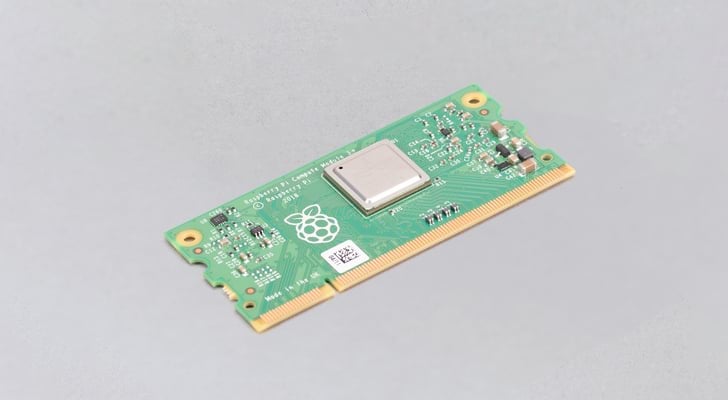
With this version of the Raspberry Pi, the Compute Module 3 introduced the CPU and memory improvements featured in the Raspberry Pi Model B 3.
There was only one slight change in the device’s size, which is a single millimeter increase in the board’s width. It still, however, fits into the same DDR2 SODIMM board as the original compute module.
This version of the compute module comes in two different flavors. The first being the standard release which features a 4GB eMMC flash device and a newly introduced “lite” model.
The only difference between the lite and standard models is that the lite model has a MicroSD card slot instead of the onboard flash storage. The lack of this flash storage also means the device is slightly cheaper.
Raspberry Pi Zero W (2017)
The Raspberry Pi Zero W was released in 2017 and sought to introduce the same connectivity improvements the Pi 3 Model B included without sacrificing the board’s tiny size.

This version of the Raspberry Pi tried to retain the tiny size of the original Pi Zero while adding support for Bluetooth (4.1 BLE) and Wi-Fi (b/g/n single-band 2.4GHz) onto the board.
The addition of these two connectivity options was a massive improvement for the board. Before this release, you needed to use up the single USB connection and connect a USB dongle.
Besides including this new connectivity module, the Raspberry Pi introduced no other significant changes with the Pi Zero W. All other functionality remains the same as the original board. Even the power requirements remained the same.
Due to the inclusion of the new chip, there is also an increase in the device’s price. As a result, the Pi Zero W would come in $5 USD more expensive than the original unit.
If you don’t need Wi-Fi or Bluetooth for your project, you can still buy the original Raspberry Pi Zero.
Raspberry Pi 3 Model B+ (2018)
The Raspberry Pi 3 Model B+ was released in 2018 and introduced numerous improvements across several areas.
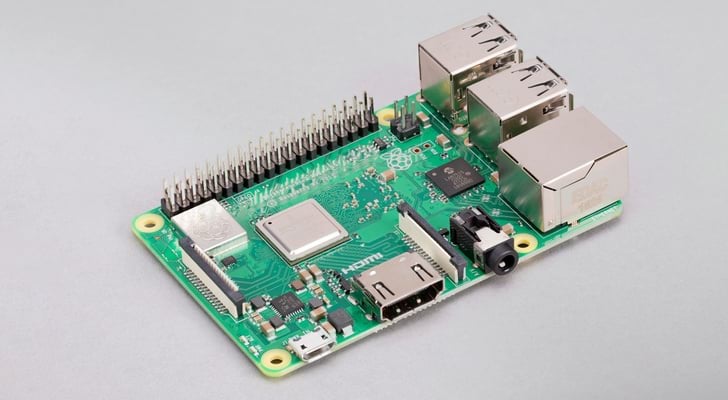
While this version of the Raspberry Pi was only marketed as a “plus” model, it brought a wealth of changes that made it well worth upgrading from the original Pi 3 Model B.
The first changes were made to the Pi’s processor, boosting the clocks even higher than the standard Pi 3 pushed them. This would also be the first Raspberry Pi to see a boost made to the GPU clock speeds.
With this release, the processor’s clock speed was increased from 1.2GHz to 1.4 GHz. Additionally, the GPU saw a clock boost from 250MHz to 400 MHz.
The Raspberry Pi Foundation made these changes possible thanks to improved thermals on the device. Starting with the Pi 3 Model B+, the processor now has a heat spreader over it. This heat spreader allows heat to be more efficiently drawn away from the processor.
On top of this, the team improved the network capabilities for both wired and wireless connections.
This release saw the Pi Pi finally get a full gigabit Ethernet port. Previous versions of the Raspberry Pi were limited to 100 Mbit/s. Now you can theoretically handle up to 1000 Mbit/s using a Pi 3 Model B+.
In addition to these changes, the Pi foundation also made improvements to the Wi-Fi capability. The Wi-Fi supports b/g/n/ac and is dual-band capable. The new chip means you can now connect to both 2.4 GHz and 5 GHz networks and get improved speeds.
Raspberry Pi 3 Model A+ (2018)
The year 2018 also saw a significant upgrade to the Model A+ versions of the Raspberry Pi. These models hadn’t seen an update since the original A+ release back in 2014.
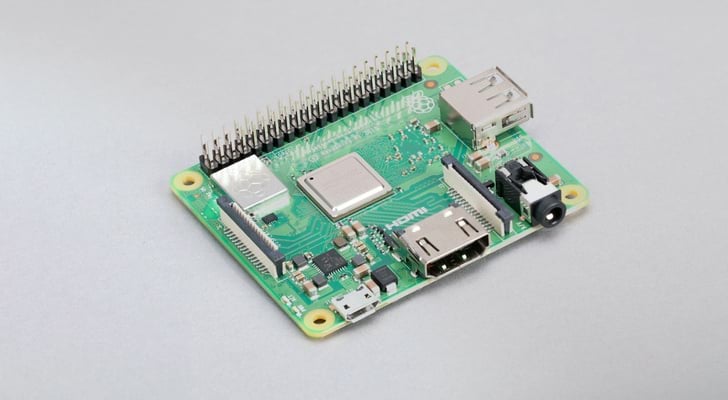
With this version of the Raspberry Pi, the team sought to bring the vast majority of the improvements introduced with the Pi 3 Model B+ to the smaller “A” board design.
This model features the same size board as the original Raspberry Pi 1 Model A+ but brings all of the performance enhancements of the 3 B+.
This board even has the same quad-core ARM processor clocked at 1.4 GHz introduced with the Pi 3 Model B+. The only change in the performance side was that they scaled back the amount of memory from 1 GB to 512 MB.
Like the original versions of the A+, this board only contains a single USB port and has no ethernet port. However, the Raspberry Pi 3 Model A+ comes with one massive improvement. That improvement is the inclusion of the same networking chip as the Pi 3 B+.
This networking chip gives your A+ access to both Bluetooth and Wi-Fi without the need to utilize a USB dongle. In addition, the onboard networking allows you to connect to the vast majority of Wi-Fi networks with support for both 2.4 GHz and 5 GHz bands.
With this release, the Model A+ did see a price increase from $20 USD to $25 USD. However, for all of the improvements this model brought to the table, the price increase was a minor one.
Raspberry Pi 4 Model B (2019)
The Raspberry Pi 4 Model B was released in 2019 and brought some of the most significant changes to this small board since the Pi 1 Model B+.
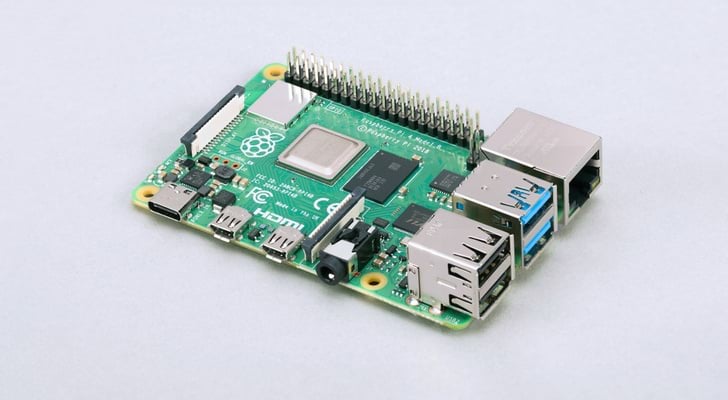
This version of the Raspberry Pi saw significant changes to the vast majority of the board. The Raspberry Pi Foundation changed the processor, memory, USB ports, power connector, HDMI output, and networking.
The team moved the processor core design to a newer, more efficient, and higher-performing microarchitecture. With this release, the Pi moved from the Cortex-A53 to the Cortex-A72.
This change allows your Pi to perform significantly faster using the same number of cores while not consuming a crazy amount more power. Even better is the team clocked this process another 100 MHz faster than the older core.
In addition to the CPU improvements, the Raspberry Pi 4 Model B saw the first major change to the GPU on the device. With this change, the Pi moved from the Broadcom VideoCore IV to the VideoCore VI.
This new GPU brought with it a range of improvements that significantly improved performance and increased its functionality. For example, thanks to the changes in this GPU, the Pi can now handle two 4k displays at once.
With this version, the Raspberry Pi finally saw its first significant improvement in the amount of memory available. Since the Pi 2 Model B was released back in 2015, the Pi has had 1 GB of memory max. In addition, this new release now comes in four different flavors.
You can now buy a Raspberry Pi with 1, 2, 4, or 8GB of memory. The models with more memory, of course, come with an increased price tag. But the ability to have significantly more RAM fixed one of the weakest parts of the Raspberry Pi and allowed you to do even more with this tiny computer.
Additionally, the Pi 4 Model B switched out two USB 2.0 ports with 3.0 capable ones. The addition of USB 3.0 was a big improvement for anyone who needed to transfer data fast, such as reading and writing to an external drive.
When it comes to connectivity, the Wi-Fi remained the same. However, the team did upgrade the Bluetooth module from 4.2 LS BLE to 5.0. Additionally, the team made improvements to the ethernet connection to ensure you can get closer to the full gigabit speed provided by the connector.
The single HDMI that has been present since the first Raspberry Pi was also replaced. Instead of the single port, you now get two Micro-HDMI ports, allowing you to connect two 4k displays simultaneously.
The last significant change made with this version of the Raspberry Pi was the change of the power connector. Since the original Pi, the device has utilized a micro-USB connector.
With this release, the Pi 4 Model B moved to use a USB-C connector. There are a few advantages to adopting this more modern connector. One of those advantages is the better reliability of the connector and improved standards.
Raspberry Pi Compute Module 4 (2020)
The Raspberry Pi Compute Module 4 was released in 2020 and is a much-improved version of the Compute Module 3 sporting many of the improvements from the Pi 4.
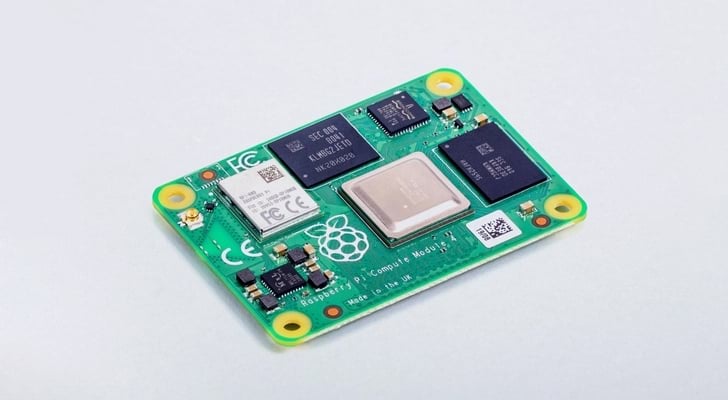
The Compute Module 4 comes in a different form from previous generations, going away from the DDR2 SODIMM connector. The new connector used by this Pi allowed the team to increase the number of interface connectors in a tiny space.
One of the reasons for this change is the number of interfaces available from the Raspberry Pi. With this new version, not only do you get the latest processor introduced with the Pi 4, but you also gain access to a heap of new functionality that was not available on previous generations.
With this version of the Compute Module, you can access more functionality from the board. This includes implementing ethernet, gaining access to two HDMI 2.0 compatible lanes, and even the option for built-in Wi-Fi and Bluetooth.
This new Compute Module also comes in a wide variety of variants. These variants can differ in both memory sizes and eMMC flash memory.
Like the Raspberry Pi 4, the Compute Module 4 has the option of 1, 2, 4, or 8GB of memory.
Additionally, with the eMMC Flash memory, you have the option of 0 (Lite version), 8, 16, or 32 GB.
This model even comes with models that contain the Wi-Fi and Bluetooth module or without. Variants containing that chip can use an external antenna or the existing PCB trace.
All up, there are 32 variants of the Compute Module 4, meaning you can pick a board to what best suits your usage.
Raspberry Pi 400 (2020)
The Raspberry Pi 400 was launched in 2020 and introduced a brand-new form factor to the family of Pi devices.
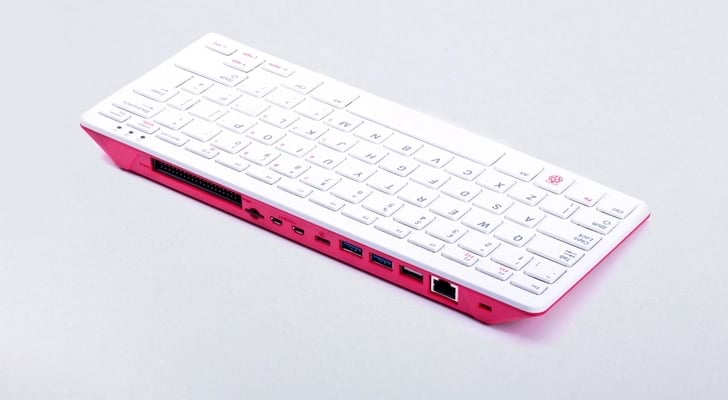
With this version of the Raspberry Pi, the team introduced a new form factor. This form factor involved the Pi coming built-in to a fully functional keyboard. This brought a new level of ease of use as you no longer needed to provide a keyboard to use the Pi.
The Raspberry Pi 400 contains the same general specifications as the Raspberry Pi 4 but is tweaked for this new form factor.
Thanks to work on the device’s thermal performance, the processor on Pi 400 has an increased clock speed over the base Pi 4. As a result, the Pi 400 has an increased clock rate from 1.5 GHz to 1.8 GHz. Meaning you should get slightly better performance when using this device.
Unlike the Pi 4, there is only one variant of the Raspberry Pi 400. You can only get 4GB of memory with this device.
Another change with this device is that it only has three USB ports. One is a USB 2.0 port, and the other two are USB 3.0 ports.
The rest of the specifications of the device remains the same as the Raspberry Pi 4. You have access to the same GPIO pins, gigabit ethernet, Wi-Fi, and Bluetooth as the base device.
Raspberry Pi 5 (2023)
The Raspberry Pi 5 was launched in 2023 and has received excellent upgrades to several core components.
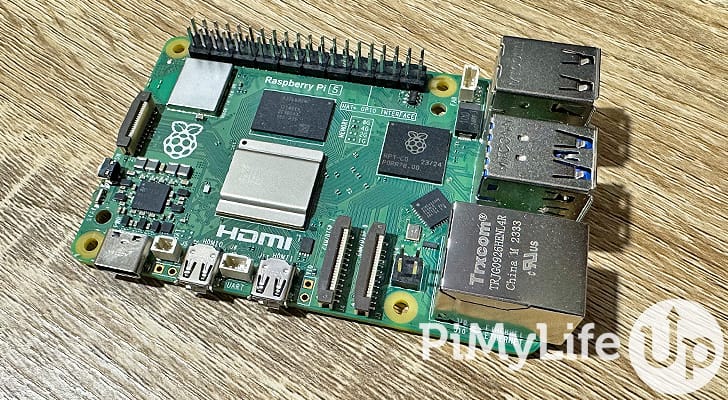
One of the biggest new features is that the board now features a quad-core 64-bit ARM Cortex-A75 processor. This processor has microarchitecture improvements that gives it an edge over the Pi 4. It also features an increased clock rate going from 1.8 GHz in the Pi 4 to 2.4 GHz in the Pi 5.
The GPU has also been upgraded and features a VideoCore VII GPU clocked at 800 MHz, a 300 MHz improvement over the predecessor’s clock speed. It also supports an open-source Mesa driver, so you should hopefully see better support for the OpenGL ES and Vulkan standards.
A new HEVC decoder is built into the chip. This decoder will help with performance when you watch any video that is in the HEVC format. It is a huge bonus for anyone who uses the Pi as a media center.
The Pi 5 will also feature a built-in RTC chip. Which is important if you rely on the time being accurate. I would also invest in a UPS for the Pi, so the RTC doesn’t lose power in an outage.
The Pi 5 also features a power button that allows you to toggle the Pi’s power without needing to issue any software commands.
The rest of the device’s specifications remain roughly the same as those of the Raspberry Pi 4, with a few minor upgrades here and there. I recommend checking out our fully fledged guide comparing the Raspberry Pi 4 and the Raspberry Pi 5.
